Although it may have been slightly exaggerated, Popeye was really onto something when his strength and stamina improved greatly upon the ingestion of his favorite fuel, Spinach.
Its proper name is spinacia oleracea and there are many varieties.
No matter which variety you choose, it comes with a plethora of amazing functional food nutritional benefits.
no matter if you eat fresh, frozen, hot, cold, savory, sweet, creamed, sautéed, but please don’t’ boil it otherwise you’ll lose much of what it has to offer!
This week at the farmers markets you can find an abundance of this chlorophyll filled vegetable, that’s how it gets its beautiful green color, and make it part of any meal or snack.
As we say in the industry, spinach is a nutrient dense food because it offers many nutritional benefits without almost any calories and a good amount of fiber.
One cup of cooked spinach is considered to be a good source of many nutrients such as, vitamin C, fiber, vitamins B1 & B3, phosphorus, zinc, protein, choline, omega-3 fats, selenium, pantothenic acid, phytonutrients, and antioxidants.
Luckily, spinach also provides, what would be considered high amounts of the following:
Minerals - magnesium, calcium (although not fully available), iron, potassium, and manganese
Trace mineral - copper
Water-soluble vitamins - B2, B6, and Folate
Fat-soluble vitamins - A (via beta-carotene), K, and E
Anti-inflammatory carotenoids - lutein, zeananthin, neoxanthin, and violaxanthin
As if all of this is not enough reason to include spinach in your daily eating pattern!
Well, here’s a few other reasons why spinach should make an appearance on your menu sooner, rather than later.
Surprising Spinach Secrets
Did you know that a sweet spinach tart is featured at Christmas Eve dinner in Provence, France and also is included at the Easter celebrations in Tuscany, Italy?
The abundance of chlorophyll found in spinach has many roles. It acts as a cancer fighter in the liver by helping stop cancer causing compounds right in their tracks; it helps regulate hunger by keeping you feeling full (satiated) and lowering the hunger hormone, ghrelin, to stop you from feeling hungry; and it’s been shown to help maintain blood sugar levels within normal limits.
The abundance of beta-carotene helps stop free radicals from damaging cells, works as a protective antioxidant to fight off oxidation, and can be converted into vitamin A. Vitamin A then helps the body maintain healthy vision, protein synthesis, healthy skin and hair, and supports growth and reproduction.
The vitamin K supports bone growth and repair, reduces oxidative damage to brain neurons, forms blood clotting proteins, and regulates blood calcium.
It contains Kaempferol, which is a flavonoid with anti-inflammatory and cancer fighting properties that also helps maintain healthy blood pressure and protect DNA.
The quercetin in spinach is a strong bioflavonoid that lowers the formation of inflammation, oxidative stress, allergies, heart attack, and some cancers in the body.
Healthy eyes are supported because spinach contains the phytonutrients lutein and zeaxanthin, which act as antioxidants and anti-inflammatories. Both lower the risk for macular degeneration and cataracts. Keep in mind that the amount of lutein increases when you cook spinach but don’t overcook it!
It contains the powerful antioxidants, vitamin E and selenium that work together to protect cells from oxidation, protect lungs from pollution, and may reduce the risk of heart disease.
To achieve the highest absorption rate of the iron content in spinach, it’s best to consume vitamin C rich foods along with it. For example, a spinach salad with strawberries, oranges, or tomatoes.
Spinach has naturally occurring oxalates in it. Once in the digestive tract oxalate attaches to calcium and stops it from being absorbed. This indicates that although the calcium in spinach may look high on the nutrition facts label, the body is not able to absorb much of it unless under the right circumstances. Thankfully, vitamin C stops oxalate and calcium from attaching to one another during digestion and, slightly cooking spinach will break down the oxalate amounts and allow more of the calcium content to be available for absorption. Be mindful of this when planning your food combinations, for example, planning a vegetable lasagna with tomato sauce and using sautéed spinach leaves within the layers will provide higher calcium absorption.
Fresh picked spinach contains more folate, the heart protective vitamin from the B family, than frozen spinach does. However, the folate content declines the longer fresh spinach sits around for shipping or in the cold, so because it is frozen right after picking, buy frozen if you’re not going to use it within about one week.
The American Institute for Cancer Research reports that frozen spinach is a great alternative for fresh spinach but you should save the water that drains from it during thawing or else use it right from the freezer because the water in spinach is loaded with vitamin C.
Now run to your local farmers market and grab some spinach to try in these recipes, enjoy!
Recipes:
Creamy Parmesan Spinach Squares Recipe: http://www.eatright.org/resource/food/planning-and-prep/recipes/creamy-parmesan-spinach-squares-recipe
Spinach-Almond Pesto Recipe: http://www.npr.org/2013/03/28/175478107/tuscan-pie-a-sweet-springtime-take-on-spinach
Spinach and Mushroom Lasagna: https://www.eatrightontario.ca/en/Recipes/Main-courses/Spinach-and-mushroom-lasagna.aspx
Tuscany’s Sweet Spinach Pie: http://www.npr.org/2013/03/28/175478107/tuscan-pie-a-sweet-springtime-take-on-spinach



